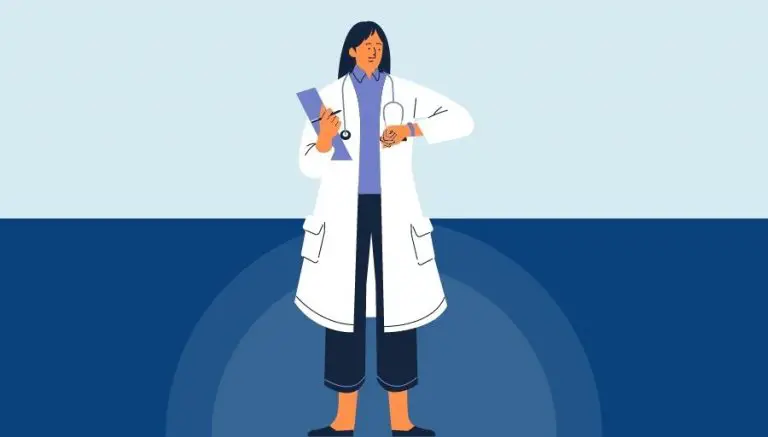How To Use CPT Code 92571
CPT 92571 describes the filtered speech test, which is used to assess a patient’s ability to understand and repeat words. This article will cover the description, procedure, qualifying circumstances, appropriate usage, documentation requirements, billing guidelines, historical information, similar codes and billing examples.
1. What is CPT Code 92571?
CPT 92571 can be used to describe the filtered speech test, a diagnostic tool used to assess a patient’s auditory processing abilities. This test is particularly helpful in identifying auditory processing disorders (APDs), which affect the way the brain processes sounds, especially speech. During the test, the patient wears earphones and is instructed to repeat words that are delivered through a filter that distorts them. The provider then assesses the patient’s ability to understand and repeat the distorted words.
2. Official Description
The official description of CPT code 92571 is: ‘Filtered speech test, clinical responsibility, auditory processing disorders (APDs) testing.’
3. Procedure
- The patient sits while wearing earphones.
- The provider delivers single syllable words through a filter that distorts them.
- The distorted words are first delivered to one ear and then to the other.
- The patient is instructed to repeat the distorted words.
- The provider assesses the patient’s ability to understand and repeat the distorted words.
4. Qualifying circumstances
CPT 92571 is used to assess patients with auditory processing disorders (APDs). These disorders affect the way the brain processes sounds, particularly speech. The test is performed to determine if a patient can identify a word after hearing only a part of it. Patients with normal hearing can recognize speech even when parts of the signal are missing, but those with APDs may struggle to distinguish words. The test is typically performed on both ears, but if it is only applied to one ear, modifier 52 (reduced services) should be used.
5. When to use CPT code 92571
CPT code 92571 should be used when a provider needs to assess a patient’s auditory processing abilities, particularly in cases where there is a suspicion of auditory processing disorders (APDs). It is important to note that this code should not be used for routine hearing tests or evaluations. Instead, it is specifically for the filtered speech test used to diagnose APDs.
6. Documentation requirements
To support a claim for CPT 92571, the provider must document the following information:
- Patient’s symptoms or suspected auditory processing disorder
- Date and time of the test
- Details of the test procedure, including the use of filters to distort words
- Results of the test, including the patient’s ability to understand and repeat the distorted words
- Signature of the provider performing the test
7. Billing guidelines
When billing for CPT 92571, ensure that the test is performed to assess auditory processing disorders (APDs) and not for routine hearing evaluations. It is important to use the appropriate modifier if the test is only applied to one ear instead of both. Additionally, consider any specific billing guidelines provided by insurance companies or payers to ensure accurate reimbursement.
8. Historical information
CPT 92571 was added to the Current Procedural Terminology system on January 1, 1990. There have been no updates to the code since its addition.
9. Examples
- A child with suspected auditory processing disorder undergoes the filtered speech test to assess their ability to understand and repeat distorted words.
- An adult with difficulty understanding speech in noisy environments undergoes the filtered speech test to determine if they have an auditory processing disorder.
- A patient with a history of head trauma undergoes the filtered speech test to evaluate their auditory processing abilities.
- A student with reading difficulties undergoes the filtered speech test to assess their auditory processing skills.
- A patient with a known auditory processing disorder undergoes the filtered speech test to monitor their progress and adjust treatment strategies.
- A teenager with language processing difficulties undergoes the filtered speech test to determine if they have an auditory processing disorder.
- A musician with difficulty distinguishing different musical tones undergoes the filtered speech test to assess their auditory processing abilities.
- A patient with a suspected central auditory processing disorder undergoes the filtered speech test to confirm the diagnosis.
- A child with delayed speech development undergoes the filtered speech test to assess their auditory processing skills.
- An adult with a history of ear infections undergoes the filtered speech test to evaluate their auditory processing abilities.



